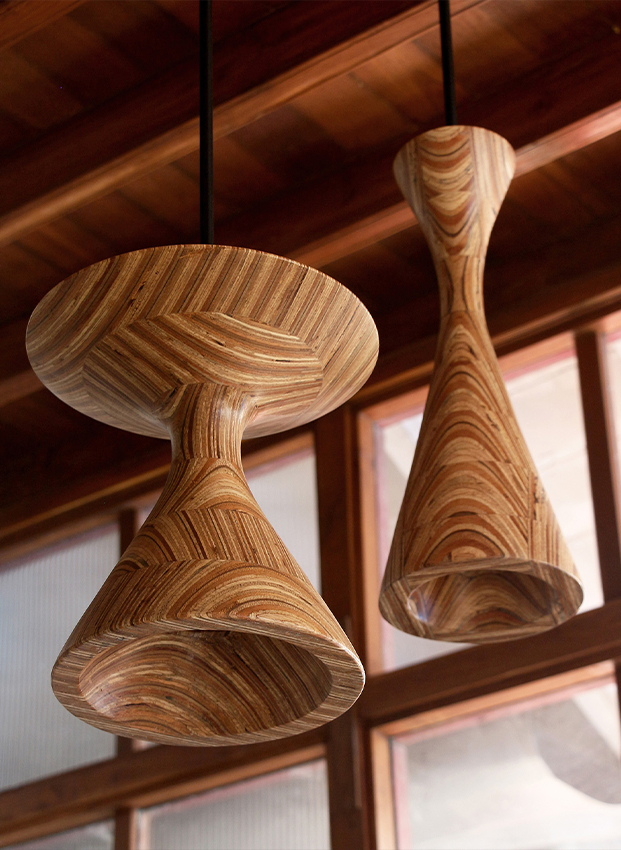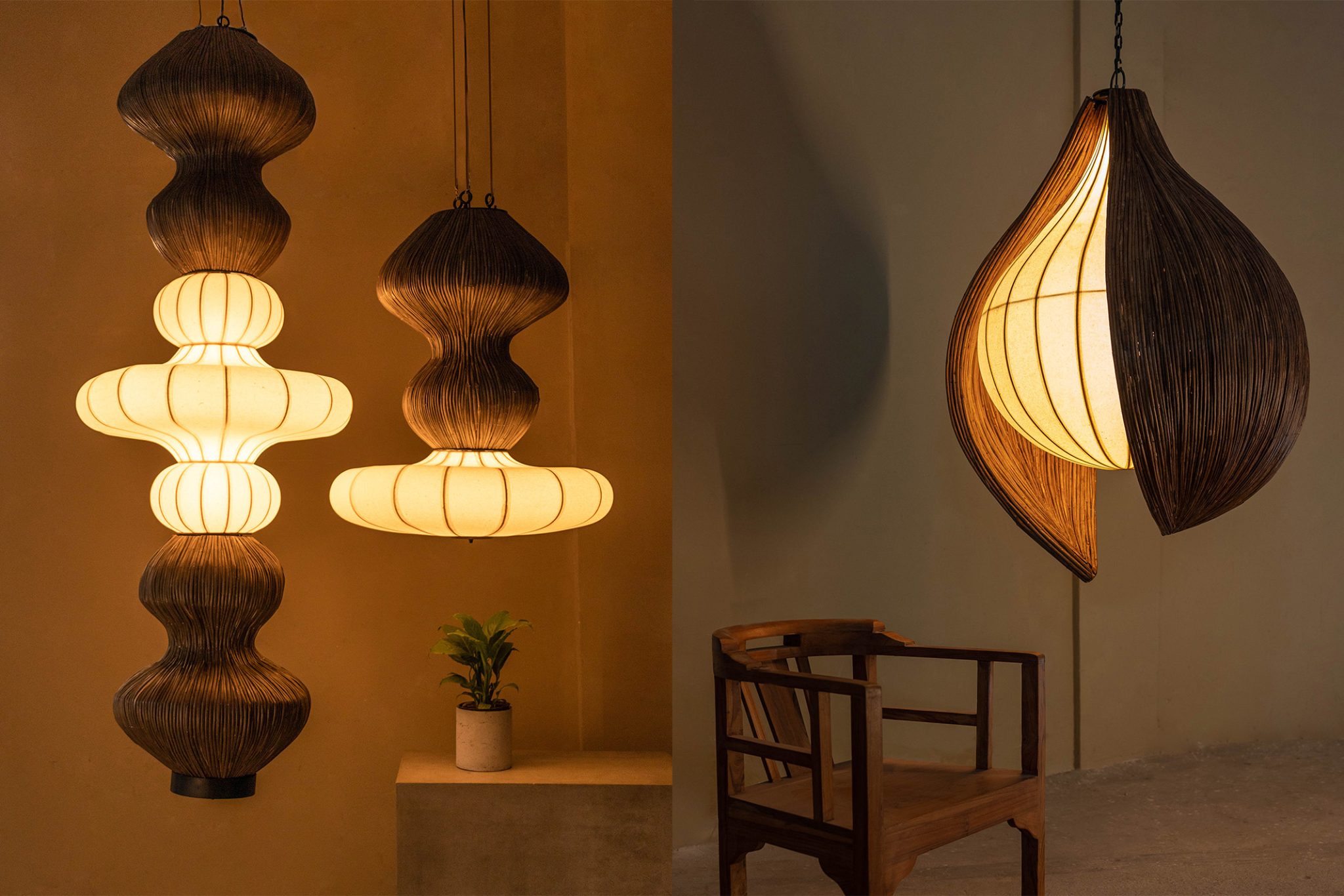Art Mumbai 2024: Iconic Works From Ravinder Reddy To Pablo Picasso
This year’s edition of Art Mumbai brought together an eclectic mix of creativity, from the spiritual essence of Himalayan art to the timeless elegance of Picasso’s works
- 22 Nov '24
- 4:25 pm by Virender Singh
Art has a way of stopping time. It lures us into its world, urging us to pause and reflect upon the emotions we often bury in the rush of mundane existence. Set against the storied backdrop of the Mahalaxmi Racecourse from November 14-17, the second iteration of Art Mumbai blurred the line between observer and participant, while live performances and thoughtfully curated installations wove storytelling into movement—transforming the fair into a living, breathing celebration of culture.
Co-founded by Dinesh and Minal Vazirani of Saffronart, Nakul Dev Chawla of Chawla Art Gallery and Conor Macklin of London’s Grosvenor Gallery, Art Mumbai has quickly grown into a cultural cornerstone in the past two years. This time, the fair has exponentially amplified its roster with over 70 galleries and three arts foundations, weaving accessibility and inclusion into its very fabric. “We wanted this fair to be more engaging—something that connects people to art, culture and each other,” said Minal Vazirani.
While the RMZ Foundation’s Sculpture Walk, Tarun Tahiliani’s fashion showcase and Karan Johar’s lively tête-à-tête with the Fabulous Lives cast were undeniable highlights, there’s more to Art Mumbai 2024 than its marquee moments.

#1 20th-Century Masters of Modernity — Ben Brown Fine Arts
Facing Warhol’s iconic portraits or the whimsical sheep sculptures by François-Xavier Lalanne feels like an astral projection, connecting with global savants without leaving the subcontinent. The London-based Ben Brown Fine Arts gallery has made this a reality, serving as the tugboat for an extraordinary armada of 20th-century masterpieces, hauling them right to our doorstep. Damien Hirst’s ‘Beautiful Iridescent for Mike Painting’ dazzles with an explosion of scarlet reds, opulent violets and tender pinks, radiating an infrared intensity that feels almost ethereal. In contrast, the Cubist master Picasso’s delicate works on paper showcase his genius in capturing the human form with minimal, expressive lines.

#2 Thota Vaikuntam’s Cosmic Symphony — Black Cube
Stepping into Black Cube’s booth felt like being swept into the divine whirlwind of Thota Vaikuntam’s world. The renowned Indian artist’s ‘My Dancing Shiva’ series resurrects the explosive spiritual momentum of Lord Shiva, caught in the eternal cycles of creation and destruction. Each piece—through vibrant paintings, intricate sculptures, or mixed media—captures the dynamic energy of Nataraja, the Lord of Dance. Shiva’s flowing tresses, the fiery aura encircling him and the demon Apasmara being trampled under his feet weave together a timeless narrative of enlightenment. By spotlighting an artist deeply rooted in Telangana’s traditions yet unafraid to push the boundaries of form and media, the New Delhi-based Black Cube gallery underscores the importance of representing voices across the Indian subcontinent.
Also read: Venice Architecture Biennale 2023 Represents And Advocates Diversity, Here’s 5 Reasons Why

#3 A Play On Perception And Identity — Snowball Studios
Tejal Patni’s ‘Vichitra’ is a thought-provoking journey through layers of illusion, identity and humanity’s ceaseless drive to distinguish itself. The immersive exhibition draws you in with a modern-day riddle—where “spotting the difference” takes on a more existential connotation. Inspired by Nana Patekar’s iconic dialogue from the 1994 Bollywood thriller ‘Krantiveer,’ which reflects on the shared blood that flows through us all, Patni deftly straddles the line between absurdism and truth. The exhibition unfolds through a series of poignant vignettes, from the forgotten, grimy underbelly of video parlours and circus troupes to the haunting, surreal imagery of a beautiful bride. As Patni reflects, “The bridal set is a symbol of societal expectations—an innocent woman, dressed as a doll, unaware of the wolves lurking in the world around her.” Each room in Vichitra tells its own story—a playful yet profound challenge to the way we perceive ourselves, each other and the world we inhabit.

#4 The Revival Of Himalayan Artistry — Rossi & Rossi
Founded in 1985 in London, Rossi & Rossi has become a leading advocate for next-generation artists from the Asia-Pacific region. The gallery’s debut at Art Mumbai is underscored by the presentation of Tsherin Sherpa, an artist whose work seamlessly bridges traditional Himalayan art with politically charged discourse. Sherpa’s fusion of Tibetan thangka painting and pop culture references results in visually striking and culturally resonant pieces. Having experienced the upheaval in his homeland and within the international art scene, Sherpa brings a deeply personal and insightful perspective to his practice. His return to Nepal after the 2015 earthquake, along with his ongoing collaborations with local craftspeople in Kathmandu, underscores his commitment to reimagining the innate legacy of his homeland for the modern world.
Also read: The Dwarika’s Kathmandu Is A Luxurious Retreat And Living Museum All At Once

‘Devi’ (1998) by G. Ravinder Reddy. (Image Credits: Art Mumbai)
#5 A Gilded Ode To Femininity — Crayon Art Gallery
The expression on Devi’s face is serene, almost meditative, yet the intensity in her gaze draws the viewer in. Through the use of lightweight, durable fibreglass, Andhra-born sculptor G. Ravinder Reddy departs from the traditional materials of bronze and stone commonly associated with religious icons. This choice not only challenges material conventions but also critiques the commodification of divine symbols in contemporary culture. The larger-than-life scale of ‘Devi’ offers a poignant commentary on the multiplicity of womanhood—at once divine, human, and complex. Presented by Crayon Art Gallery as part of Art Mumbai’s extended sculpture walk, ‘Devi’ fosters a more visceral, three-dimensional engagement with the artwork in a public, open-air setting.
This direct, tactile interaction with art is central to Art Mumbai’s ethos, as the fair evolves into a space that feels increasingly personal and welcoming. Minal Vazirani shares her vision, “We want Art Mumbai to feel like ‘OUR fair,’ a space where everyone can come together—artists, collectors, and visitors alike—to discover and celebrate art.” In nurturing this collective experience, the fair becomes a conduit for rediscovery, through which meaningfulness can seep back into the fractured rhythms of our lives.
Tags
- Minal Vazirani
- Tsherin Sherpa
- Art Galleries In Mumbai
- Art Mumbai recap
- Art & Culture
- Sculpture Walk
- Art Mumbai 2024
- Indian Art
- G. Ravinder Reddy
- Modern Art
- Devi sculpture
- Art Fair Review
- Art Mumbai Highlights
- Cultural Engagement
- Andy Warhol
- Picasso
- Crayon Art Gallery
- Contemporary Art
- François-Xavier Lalanne
- Immersive Art Experiences
- Snowball Studios
- José Parlá
- Art Performances.
- Black Cube
- Thota Vaikuntam



























